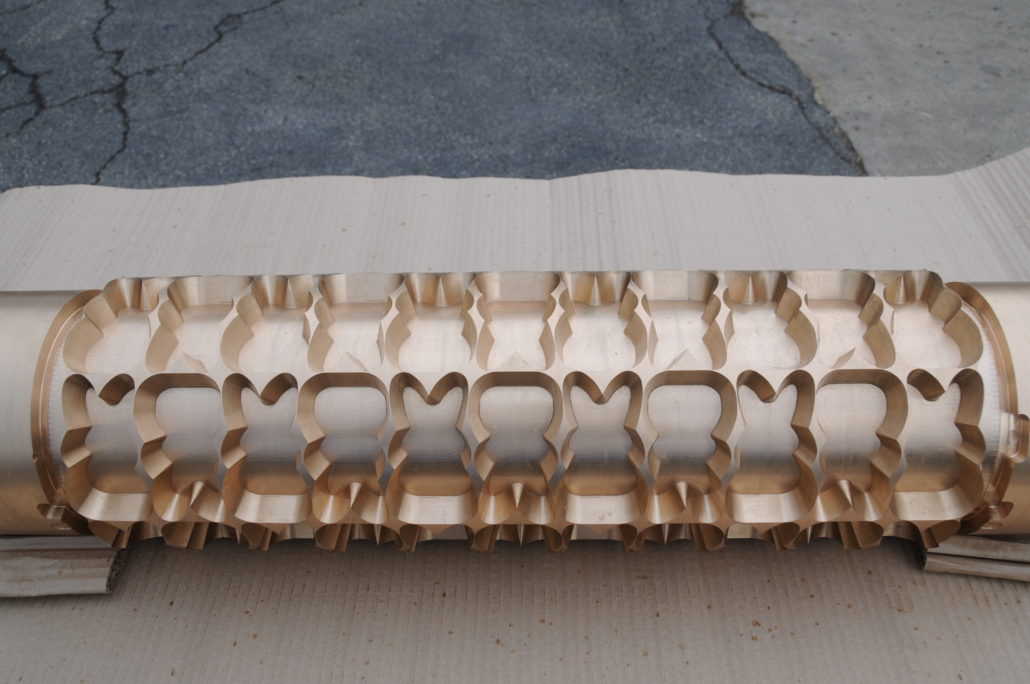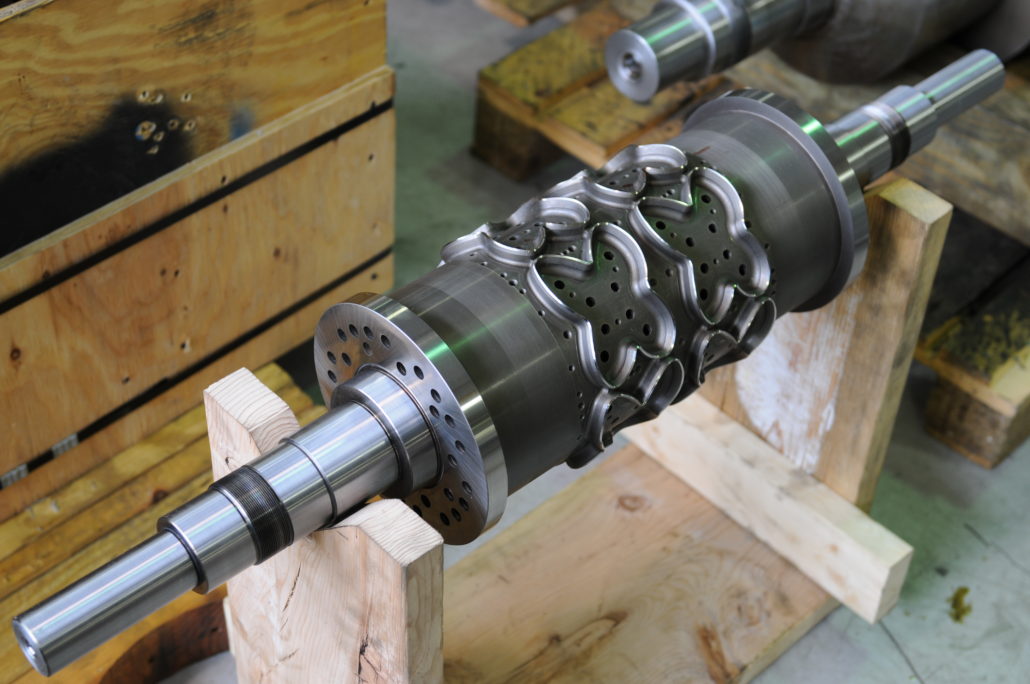All About Rotary Die Cutting Services
Die Cutting is an extremely versatile way of creating, cutting, shaping and forming products made from sheet or roll plastic products. Rotary die cutting is fast and consistent, allowing the production of high volume. There are many different cutting methods, including flatbed, matched metal and rotary.
What is Rotary Die Cutting?
Rotary die cutting is a process that feeds a roll of material through a die station-containing press. There’s a rotating cylinder blade at this die station that cuts the material. The die rotates through the press in conjunction with the velocity of the material feed to ensure that the blades always make the exact cuts in length.
Rotary die cutting is done using a rotating cylinder blade and a process that begins with unrolling and feeding the material to two rollers by a rotary press.
Rotary Die Cutting Benefits
Custom rotary die cutting provides an unparalleled level of uniformity producing an extremely unique end product. Speed is also a rotary die cutting advantage. These machines can run hundreds of feet of material per minute, while rotary die cutting offers significant efficiencies in production. Some of Die cutting’s direct benefits include:
- Cutting products from a web (continuous roll)
- Producing less waste than other, comparable methods
- Low-tolerance, precision cutting
- Fast turnaround times
- High volume projects of consistent cut
- Smaller sized products
- Multiple process projects
The cost of rotary die cutting is often less than the other forms of cutting. One of the reasons for this is that other methods of production may require multiple operations while rotary die cutting can perform all operations in line, saving time and money.
Presses Used in Rotary Die Cutting
Rotary die presses enable consistent precision and high-speed conversion of different flexible materials. To die cut and kiss cut while laminating, scoring and sheeting in line, rotary die presses can be set up. The rotary dies press web width can determine the width of the material being used, the roll size and how many processes can be designed into the manufacturing process. Both the manufacturing process and the parts cutting rotating die involve detailed preparation and engineering.
Materials Used in Rotary Die Cutting
International Cutting Die, Inc. can process a variety of materials for a wide range of applications using rotary die-cutting services. Materials include felt, fabrics, fiber, paper, metals and alloys, plastics, rubber, foams, composites, and electrical insulating materials.
Services
International Cutting Die, Inc. offers typical services including die cutting stations, die maintenance, die rebuilding, product evaluation and reverse engineering. We specialize in designing and manufacturing top-quality rotary dies to help your business run as efficiently as possible. Our experienced and knowledgeable staff can assist with concepts, manufacturing costs, manufacturing techniques and material considerations.
Contact Us:
With our rotary die cutting capabilities, we can create parts that match the exact design specifications of products used in a wide range of industries with our rotary die cutting capabilities. With minimal operator interaction and downtime, multiple different materials can be included in your designs at various stages of production. This keeps production times short in order to help keep your project on track.
Call us today at 708-343-3333 or email to info@icd-inc.com so we can discuss your die cutting options.


